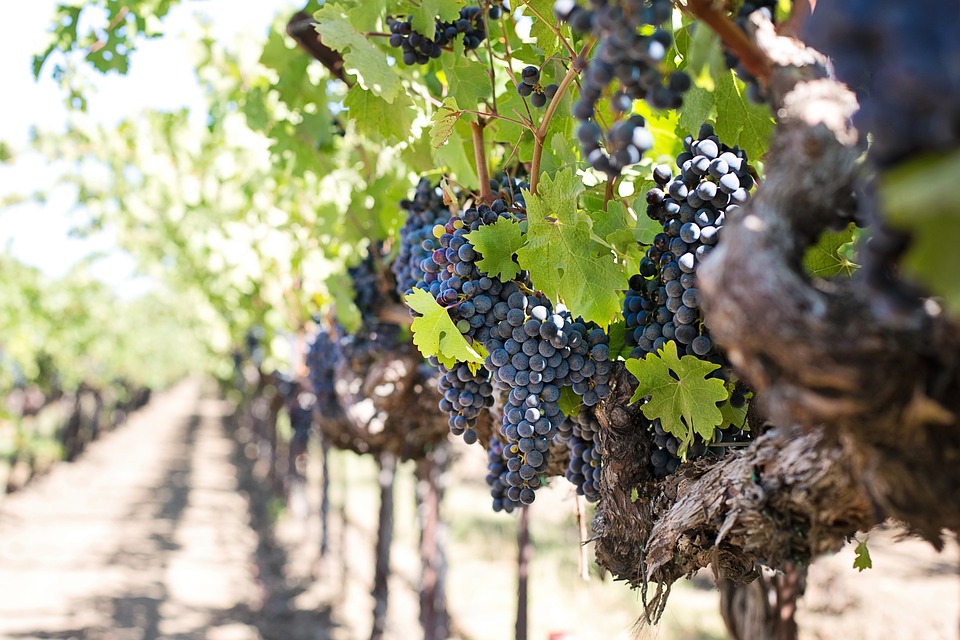


Lussac Saint-Emilion

Located north of the Saint-Émilion appellation areas, Lussac Saint-Émilion benefits from a propitious microclimate for growing wine with moderate rainfall and warm summer temperatures. The vines grow in mainly clayey limestone soils.
In Lussac, the vineyards populate an amphitheatre of south-facing plateaux and valleys, which promotes good natural drainage. They cover a total area of 1,450 hectares (3,580 acres) north of the Saint-Émilion hill, and produce practically 72,000 hectolitres of wine annually. Lussac Saint-Émilion wines are blends with a majority of Merlot and smaller proportions of Cabernet Franc.
These wines express delicious, intense aromas with notes of red fruit and underlying hints of liquorice, prune and spice. As they age, they develop tertiary aromas. On the palate they are elegant and display good tannic structure; they are velvety and generous. Their keeping potential varies from chateau to chateau and depends on the quality of each vintage, but it varies between five and ten years and more. Check here your wine’s vintage, and when and how to open and serve it.




One distinctive feature of Saint-Émilion wines is that they are produced by blending several grape varieties together. The great diversity that exists in Saint-Émilion wines is due to the skilful blending together of different grape varieties.





°C
